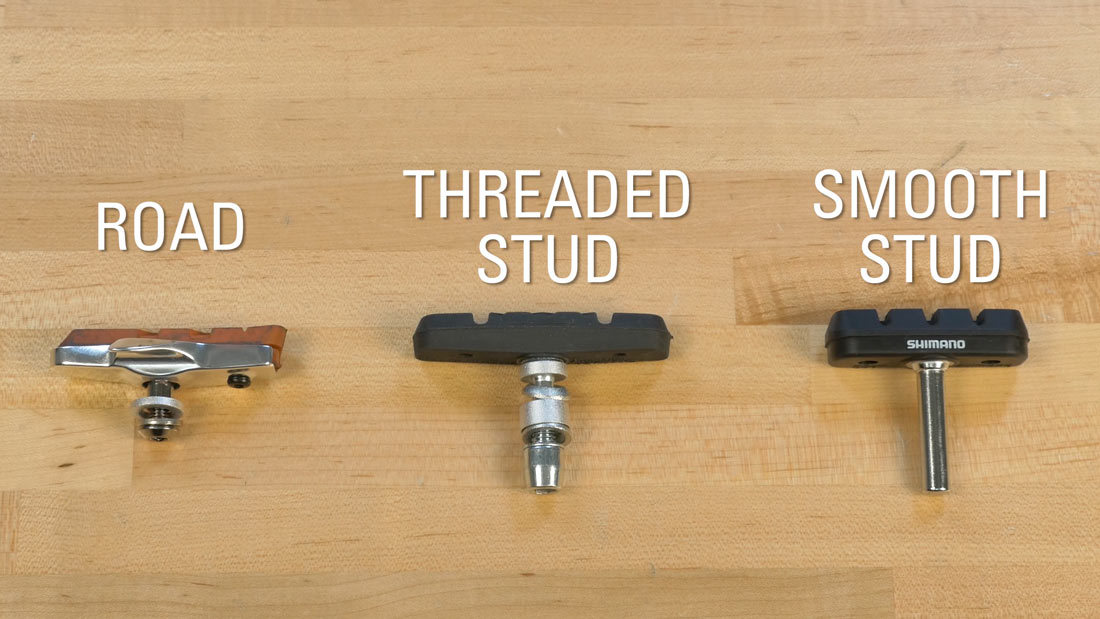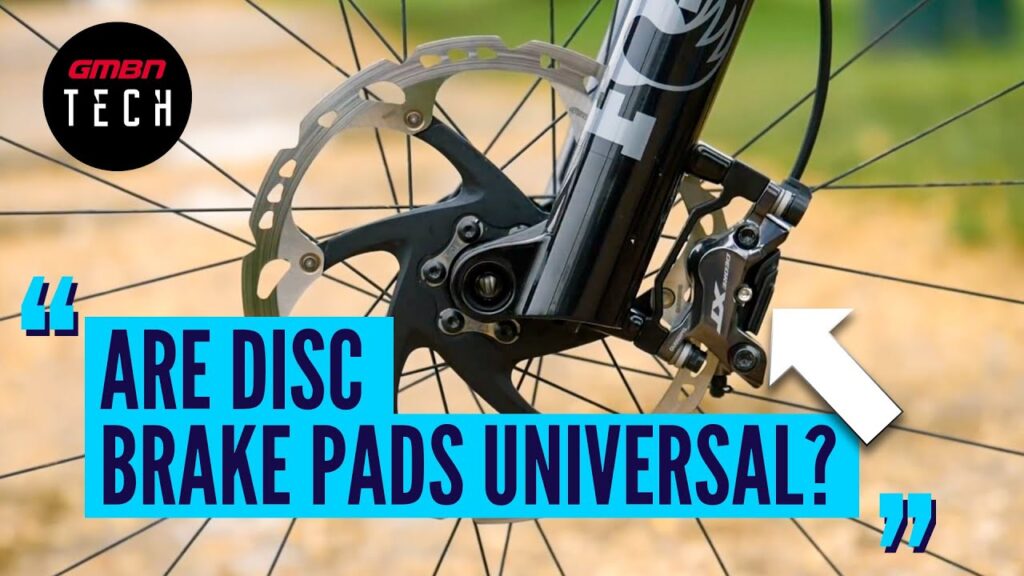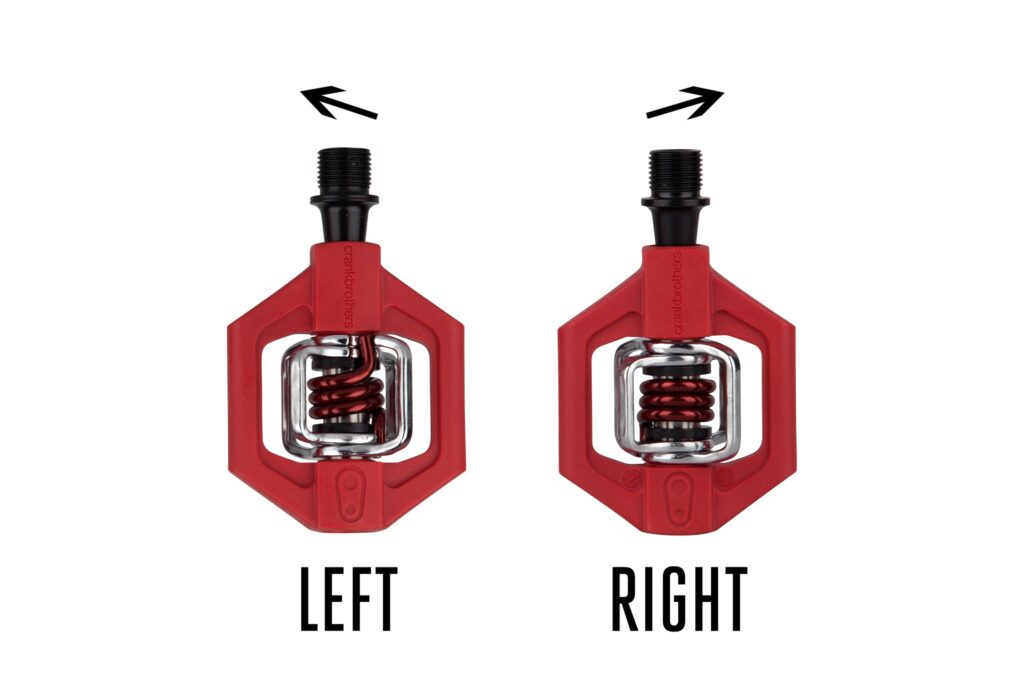Have you ever wondered if you could just swap out your bike’s brake pads with any others you find at the store? It’s a question that might have crossed your mind, especially if you’re looking to save time and money on bike maintenance.
The idea of universal brake pads sounds convenient, doesn’t it? But here’s the catch: the wrong choice can affect your safety on the road. Imagine the confidence you’ll feel knowing your bike is equipped with the right pads for optimal performance.
We’ll clear up the confusion and give you the insights you need to make the best decision for your ride. Ready to discover what truly sets your bike’s brake pads apart?
Let’s dive in!
Types of Bike Brake Pads

Credit: www.ebay.com
Bicycle brake pads play a crucial role in ensuring safe rides. Choosing the right type can improve braking efficiency and rider confidence.
Let’s explore the different types of bike brake pads available.
1. Rim Brake Pads
Rim brake pads are common on road bikes. They press against the wheel rim to stop the bike. Made from rubber or composite materials, they offer good performance. Durability varies based on material and usage.
2. Disc Brake Pads
Disc brake pads are popular in mountain biking. They provide reliable stopping power in wet conditions. These pads squeeze the rotor, creating friction to stop the bike. Available in organic, semi-metallic, and metallic variants.
3. Hydraulic Brake Pads
Hydraulic brake systems use fluid to transfer force. They offer smooth and responsive braking. These systems often use disc brake pads. They are preferred for high-performance bikes.
4. Caliper Brake Pads
Caliper brake pads are used in road bikes. They provide efficient stopping power. These pads are typically rubber-based. They work well for casual and competitive cycling.
5. V-brake Pads
V-brake pads are commonly found on hybrid bikes. They offer excellent modulation and control. These pads are usually easy to replace. Suited for various terrains and conditions.
Compatibility Factors

Credit: www.parktool.com
Understanding bike brake pad compatibility is crucial for safe rides. Not all brake pads fit every bike. Compatibility depends on several factors. Knowing these can help choose the right brake pads.
Material Type
Brake pads come in different materials like organic, metallic, and ceramic. Each material affects performance and compatibility. Organic pads are softer and quieter. Metallic pads offer better durability but can be noisy. Ceramic pads provide smooth braking with less wear.
Brake System
Different bikes have different brake systems. There are disc brakes and rim brakes. Disc brake pads differ from rim brake pads. Ensure the pads match the brake system on your bike. This ensures effectiveness and safety.
Pad Shape And Size
Brake pads vary in shape and size. Check your bike’s specifications for pad dimensions. Incorrect size can affect braking performance. Right size ensures proper fit and function.
Brand Compatibility
Some brands design pads specifically for their brake systems. Mixing brands might lead to poor performance. Sticking to compatible brands ensures reliability and optimal braking.
Environmental Conditions
Weather affects brake pad choice. Wet conditions require pads with good grip. Dry conditions might need pads with smooth stopping power. Consider the typical riding environment for best results.
Choosing the right brake pads involves understanding these compatibility factors. It ensures safety and enhances your biking experience.
Choosing The Right Brake Pads

Credit: www.youtube.com
Not all bike brake pads are universal. Different bikes need different brake pads based on design and material. Choosing the right ones ensures safe and efficient braking. Always check compatibility with your bike model to ensure proper fit and performance.
When you’re ready to replace your bike brake pads, the choices can seem overwhelming. Are bike brake pads universal? Not exactly. Selecting the right ones is crucial for both safety and performance. Brake pads vary depending on the bike type, brake system, and riding conditions. Finding the right fit might feel like a challenge, but it’s not impossible.
Let’s learn the specifics to help you make the best choice for your ride.
Understanding Brake Pad Types
First, recognize the type of brake system on your bike. Is it disc brakes or rim brakes? Disc brakes usually offer better performance in wet conditions, while rim brakes are lighter and easier to maintain. Each system requires specific pads, so knowing your brake type is step one.
Material Matters
Brake pads are made from different materials like organic, sintered, and semi-metallic. Organic pads are quieter and provide good stopping power but wear out faster. Sintered pads last longer and handle heat well, making them great for mountainous terrain. Semi-metallic pads offer a balance between the two.
Consider Your Riding Style
Think about how and where you ride. If you commute in urban areas, durability and noise reduction might be your priorities. Off-road adventures demand high performance and resilience against dirt and mud. Tailor your brake pad choice to your riding style to enhance your biking experience.
Check Compatibility
Always ensure that the pads are compatible with your bike’s specific make and model. Consult the bike’s manual or manufacturer’s website. Mismatched pads can lead to poor braking performance or even damage to your bike.
Seek Expert Advice
Sometimes, a little expert advice goes a long way. Visit a local bike shop and consult with professionals. They can offer insights that you might overlook online. It’s also a great way to support local businesses.
Test And Adjust
After installing new brake pads, take your bike for a test ride. Listen for unusual noises and feel how the brakes respond. It might take a few rides to break them in fully. Regularly check and adjust them to ensure optimal performance and safety.
Choosing the right brake pads isn’t just about replacing worn-out parts. It’s about improving your overall biking experience. With the right pads, you can enjoy smoother rides, better safety, and enhanced performance. So, are you ready to find the perfect brake pads for your bike?
Conclusion
Bike brake pads are not universal. Each bike demands specific pads. Compatibility is crucial for safety. Check your bike’s requirements before purchasing. Quality matters, too. Choose durable and reliable brake pads. Regular maintenance ensures effective braking performance. Consider expert advice if unsure.
Different terrains may need different pads. Keep your bike manual handy for reference. Always prioritize safe riding practices. Remember, proper brake pads enhance your biking experience. Stay informed, stay safe.
Happy cycling!



